Since NASA’s Double Asteroid Redirection Test (DART) spacecraft intentionally slammed into the asteroid moonlet Dimorphos on Sept. 26 – altering its orbit by 33 minutes – the investigation team has been digging into the implications of how this planetary defense technique could be used in the future, if such a need should ever arise. This has included further analysis of the “ejecta” — the many tons of asteroidal rock displaced and launched into space by the impact – the recoil from which substantially enhanced DART’s push against Dimorphos.
Central to this effort are detailed, post-impact science and engineering analyses of data from the world’s first planetary defense technology demonstration. In the weeks after impact, scientists turned their focus toward measuring the momentum transfer from DART’s roughly 14,000 mile per hour (22,530 kilometer per hour) collision with its target asteroid.
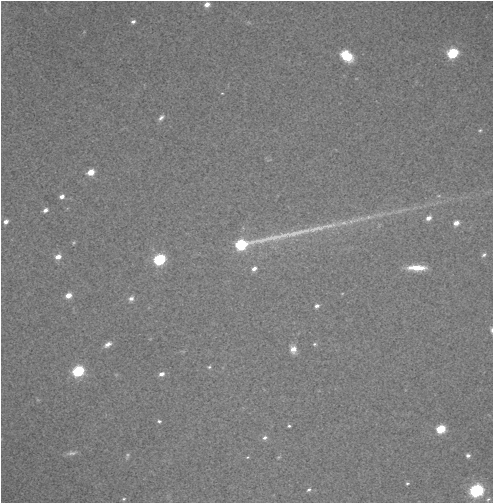
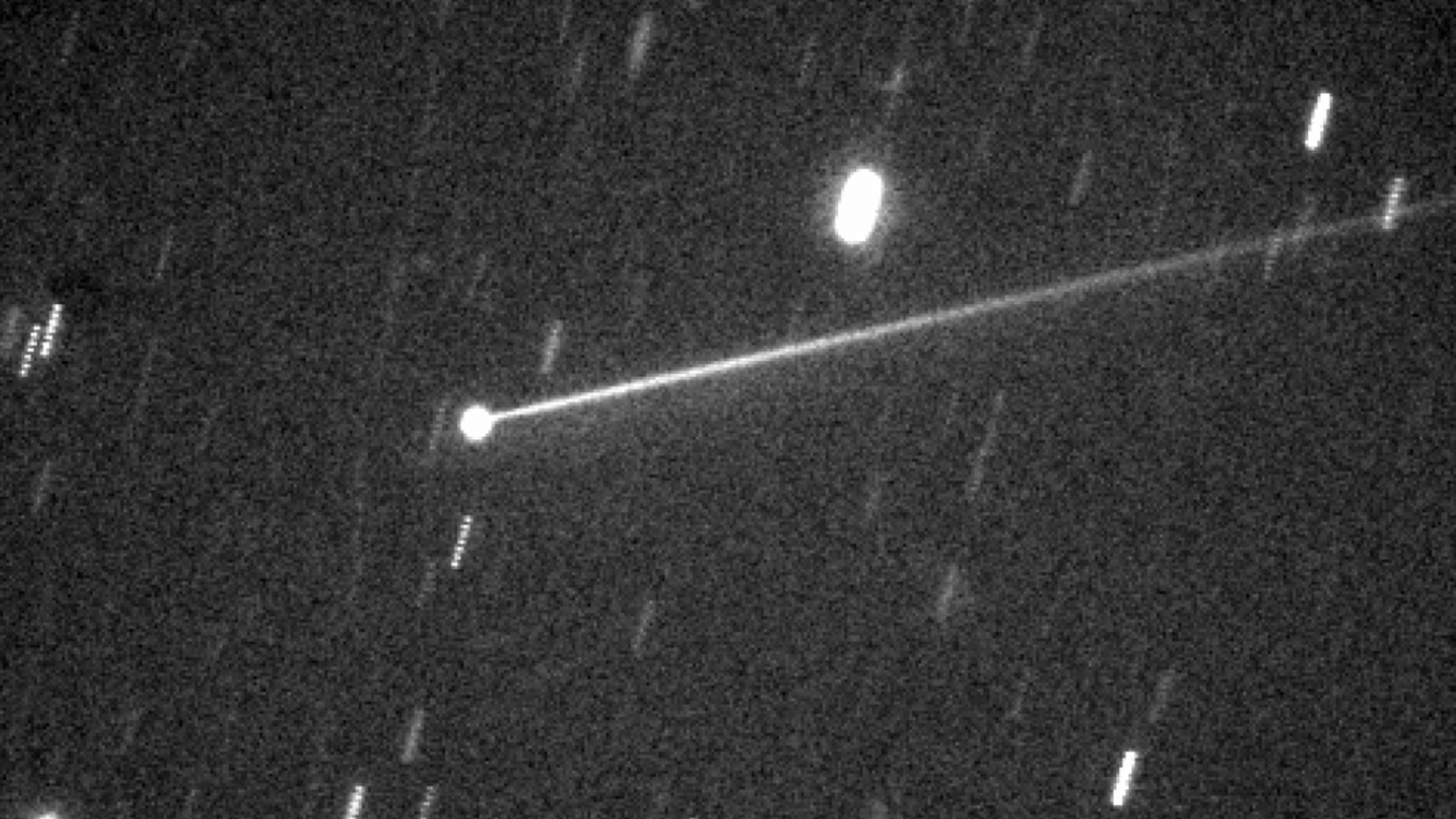
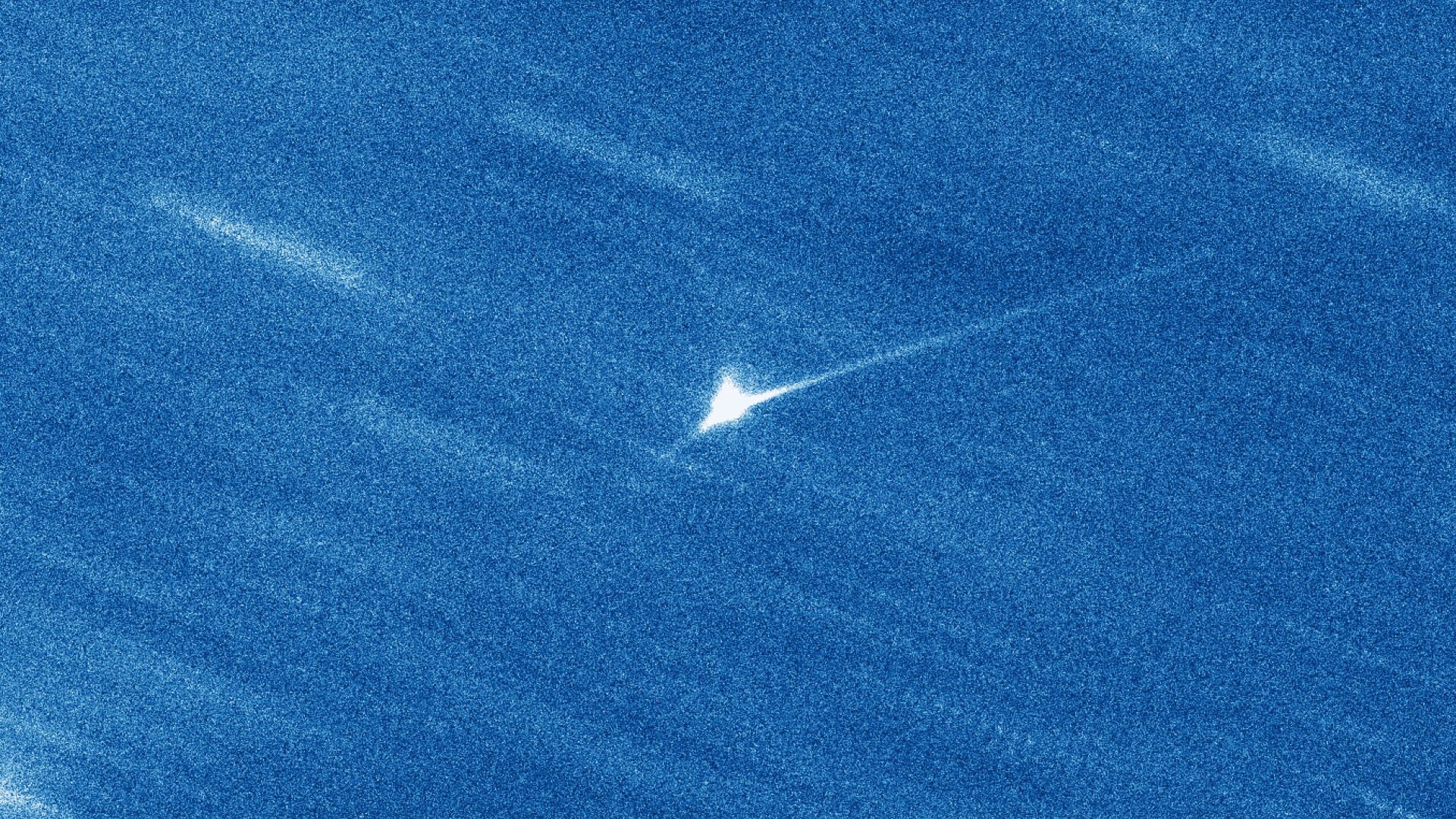
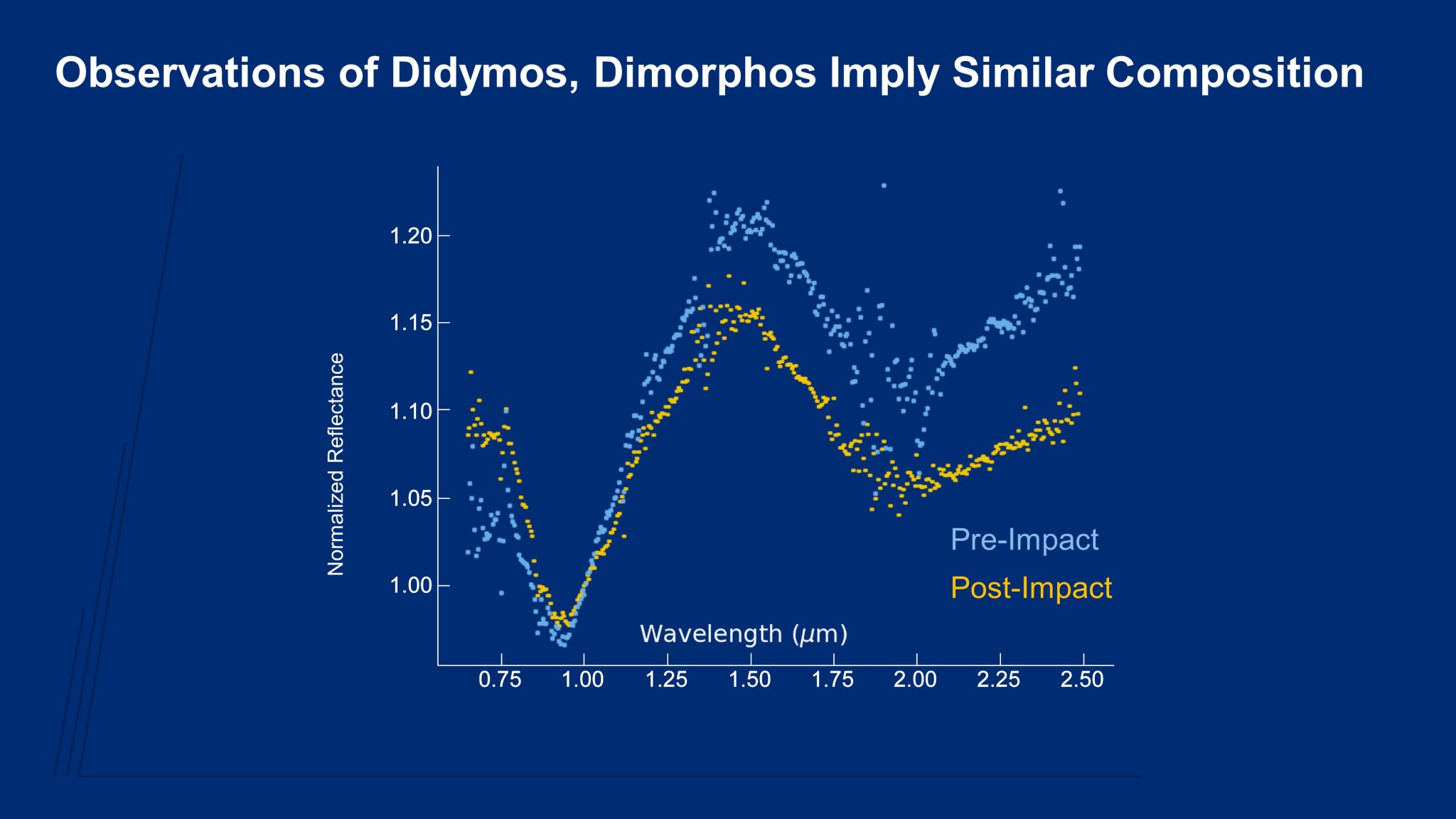
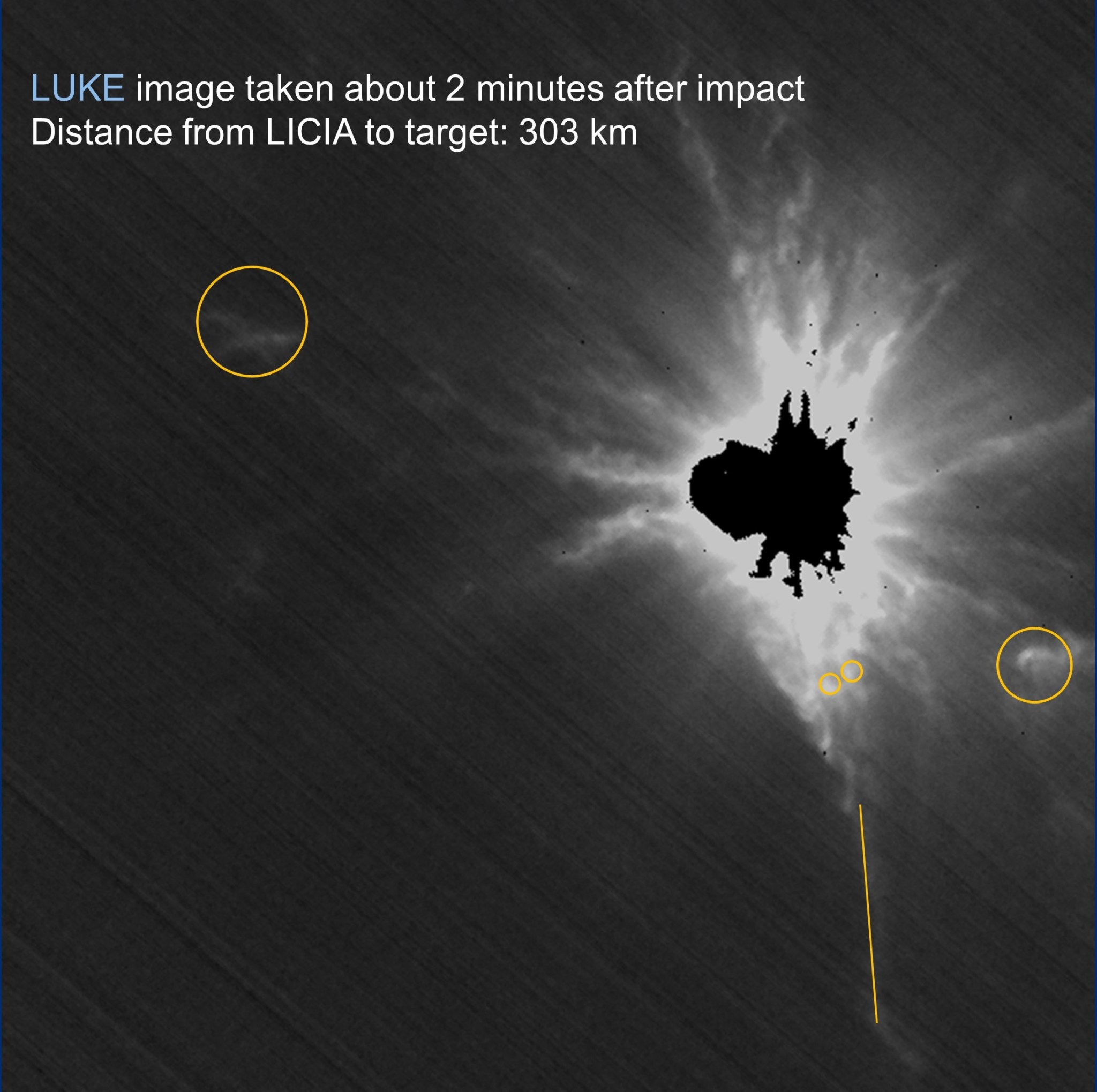

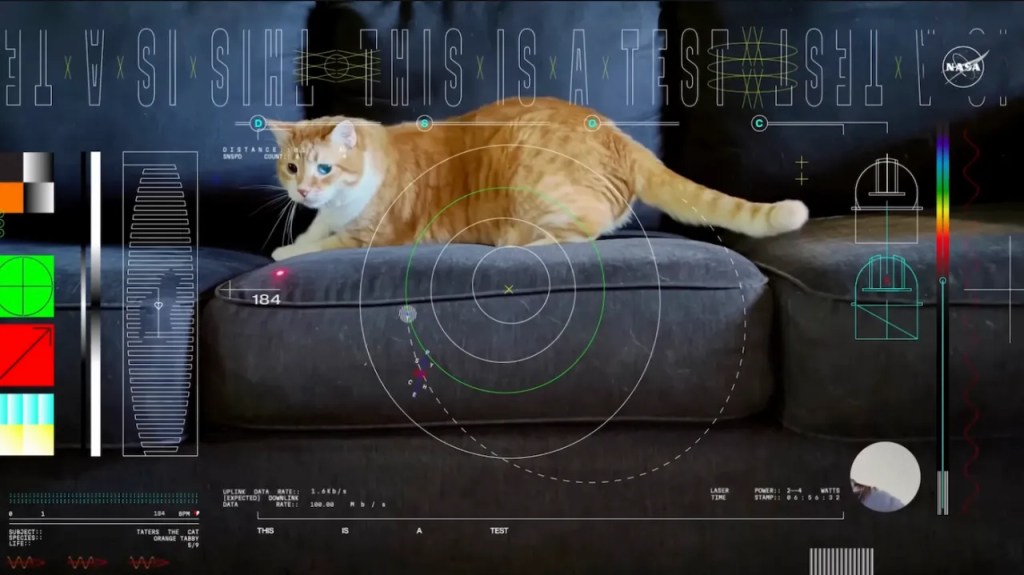

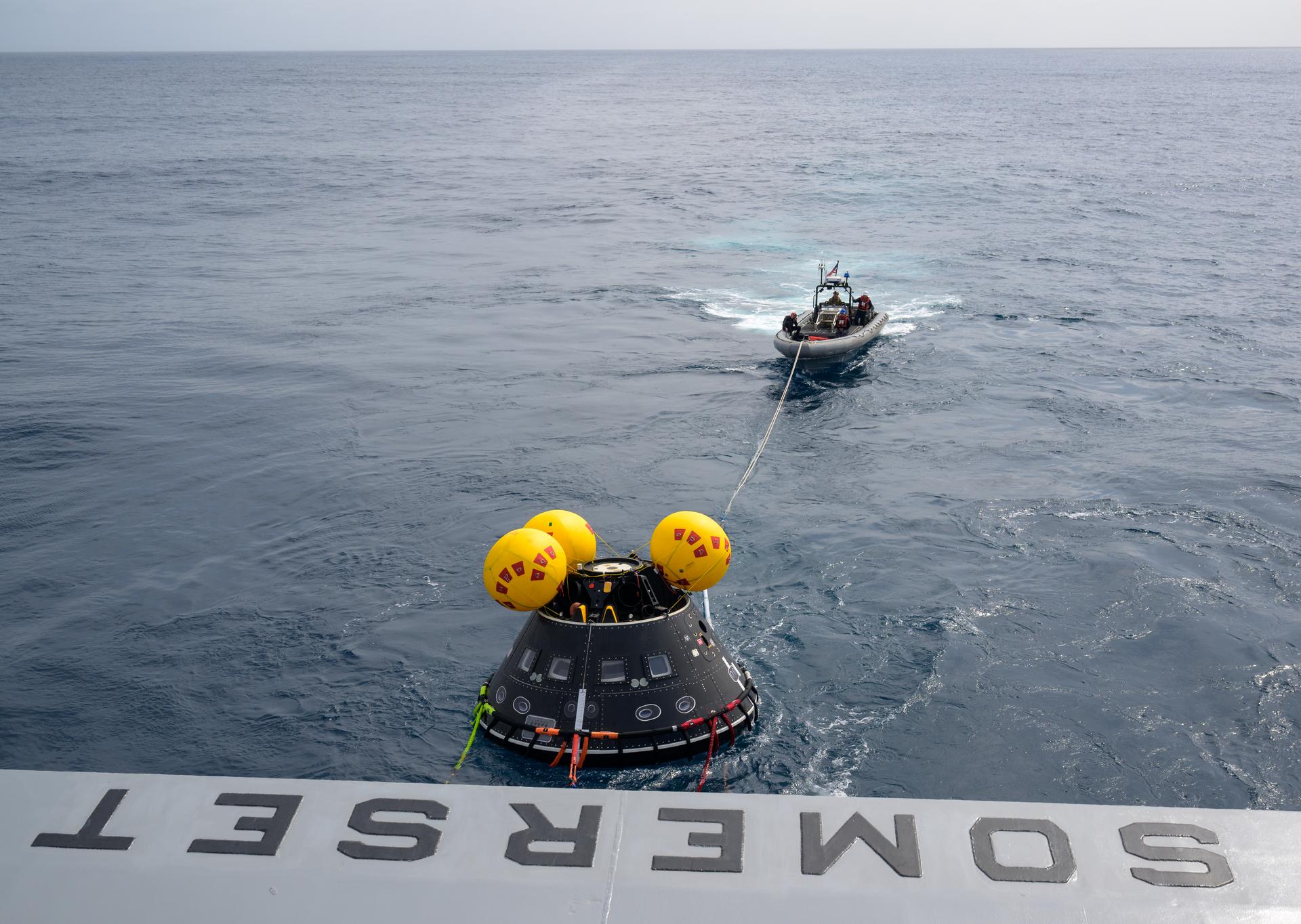













/quantum_physics_bose_einstein_condensate.jpg?w=1024)
















